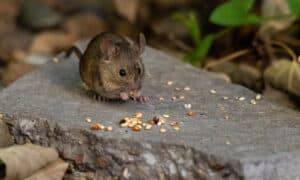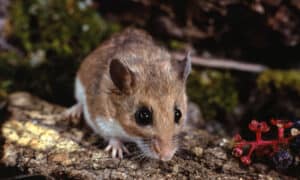When you think of wild animals, hamsters are probably far from your mind. But, like all pets, they started out wild, and most still live in the wilderness. There are 20 hamster species worldwide, only 5 of which are domesticated. Their range includes much of Europe, the Middle East, and Central and East Asia. Below, in no particular order, are some of the countries where you just might be lucky enough to spot a real live wild hamster!
1. Belgium
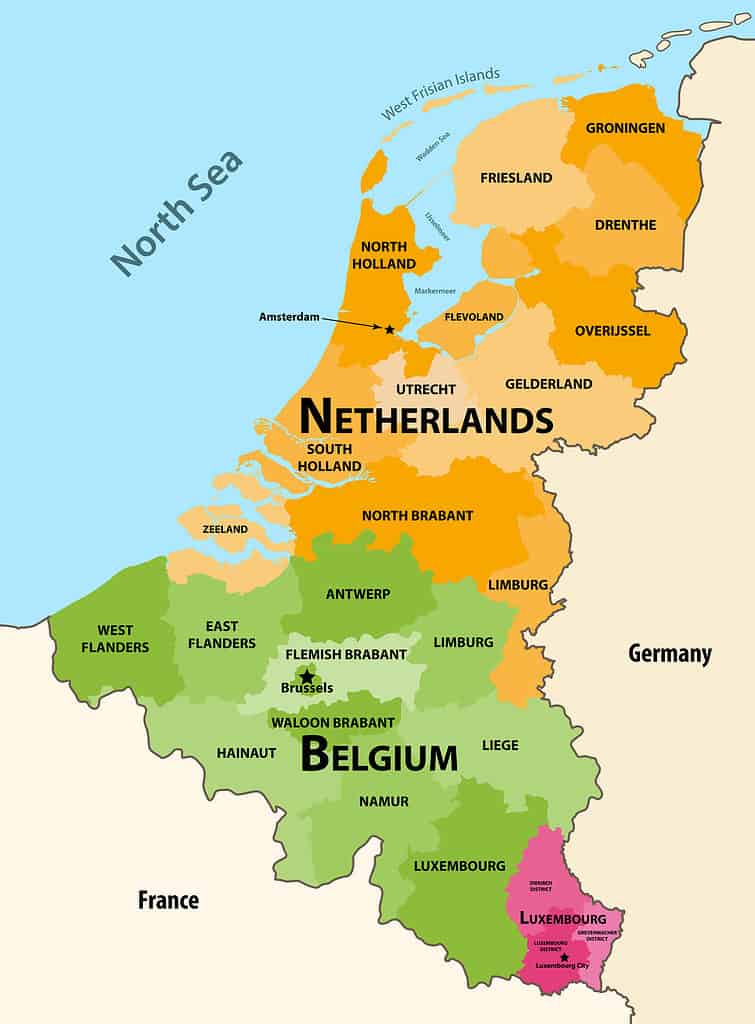
The type of soil found in Belgium is ideal for hamsters.
©iStock.com/brichuas
European hamsters are small rodents with red-brown or grey fur with a black, grey or white underbelly. They like gardens, hedges, and low-lying farmland with soil made of loam or loess—just the type of habitat they find in Belgium.
2. France

Hamsters will eat all kinds of grains and greens. Too much corn is not good for them . . . or their babies.
In France, the wild hamster population has shrunk dramatically, down 94 percent from historic levels. One of the threats to wild hamsters is eating a diet of corn, plentifully available in rural areas. Too much corn causes hamster mothers to craze out and kill their babies.
3. Germany

Germany’s autobahn bisects wild hamster habitats making it impossible for the species to get to other areas for food and mates.
©Stephan Walochnik/iStock via Getty Images
Germany’s economy is robust and highly developed. Wild hamsters enjoy protected status there, but the intense level of urbanization threatens their survival. Infrastructure construction removes farmland and wild spaces and creates large paved and developed areas they cannot cross easily.
4. Czech Republic
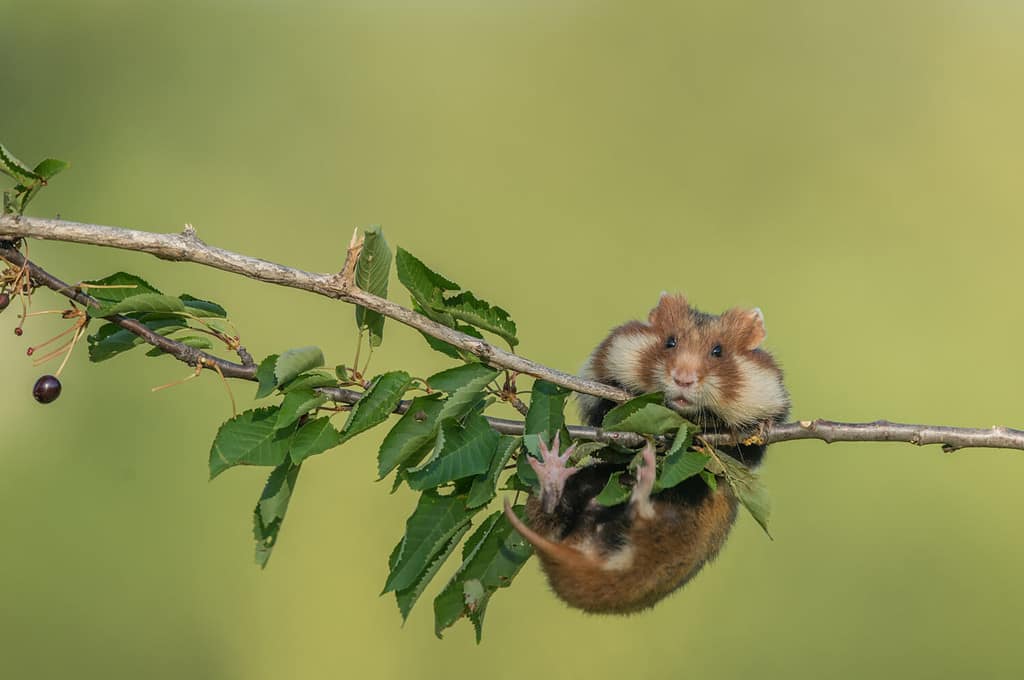
The short furry tails of European hamsters aid them in keeping their balance with climbing.
©Vienna Wildlife/Shutterstock.com
European hamsters, like those found in the Czech Republic and neighboring countries, are the largest hamster species. They can grow to 8-14 inches long (20-35 cm) and have a 1.6-2.4 inch tail (4-6 cm).
5. Austria

Austrian hamsters like to steal candles to supplement their diet.
©VeraPetruk/iStock / Getty Images Plus via Getty Images
Wild hamsters in Vienna, Austria, have a habit of eating candle wax as a source of fat. People have spotted them in graveyards stealing candles from memorials and trying to shove them down into their burrows!
6. Slovakia
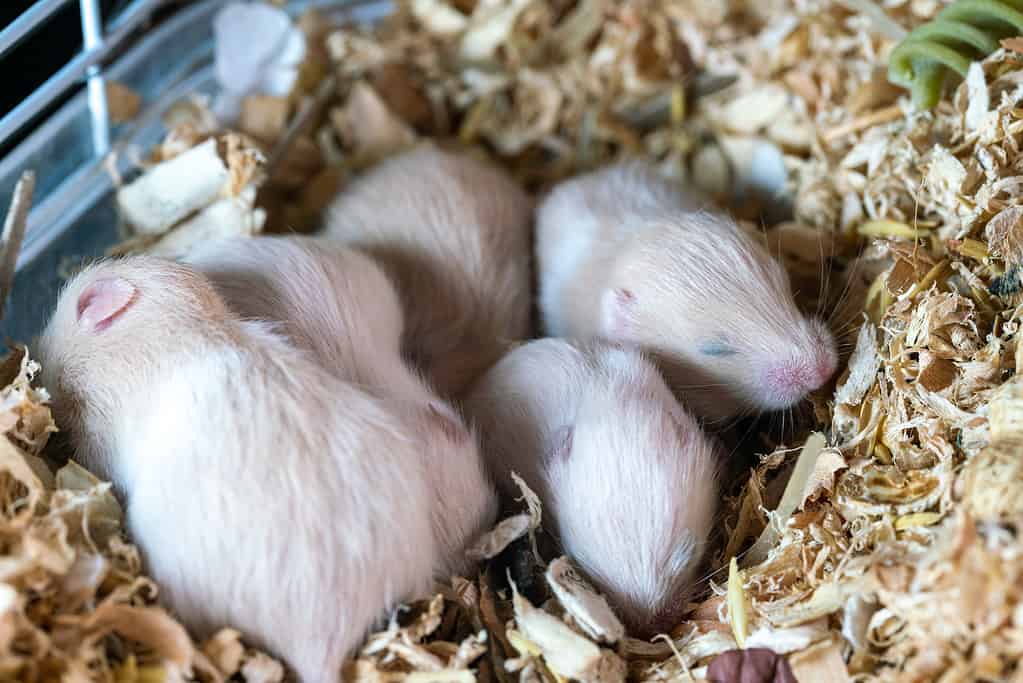
Like kittens, hamster pups are born with their eyes closed.
©iStock.com/jxfzsy
Slovakia’s wild hamsters can live up to 8 years. They give birth to 3-15 pups per litter, which can themselves reproduce in just 43 days. Despite this rapid growth rate, they are an endangered species due to loss of habitat and extermination efforts.
7. Hungary

Hungarian farmers see hamsters as a threat to their harvests.
©Nataly Studio/Shutterstock.com
As a critically endangered species, European hamsters are protected in most of the European Union. However, even though they are nearly extinct in Hungary, the country allows farmers to exterminate them. This is especially unfortunate because Hungarian hamsters have their own distinct genetic line.
8. Serbia

Hamsters have sharp teeth that can inflict a nasty bite.
©iStock.com/Conny V
If you find yourself traveling in Serbia one day, you might very well encounter a population of wild hamsters. Keep your distance, though. Unlike the dwarf or Syrian hamsters people keep as docile pets, European hamsters will viciously bite people when given the chance.
9. Romania
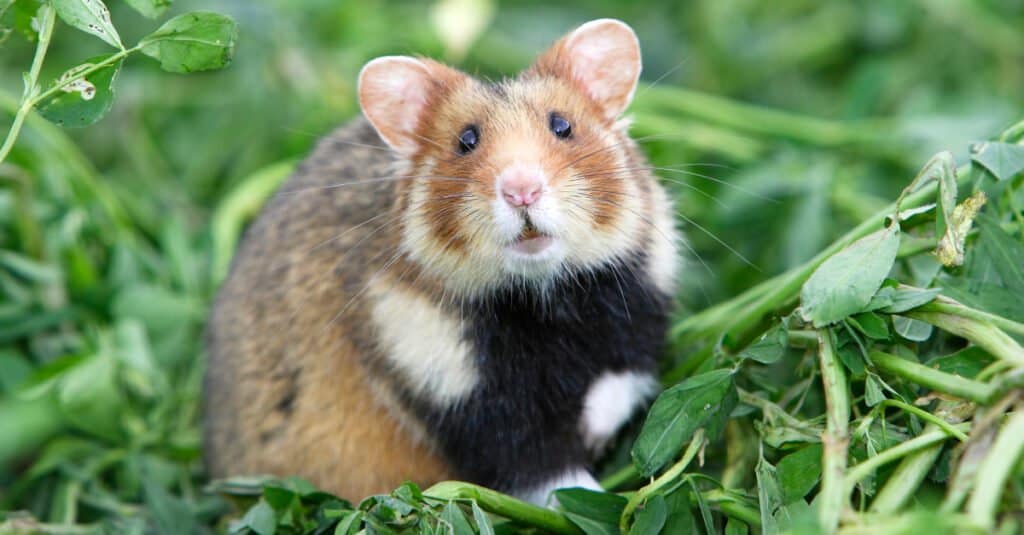
Traditionally, farmers tried to eliminate hamsters as farm pests and as a source of fur for clothing and crafts.
©COULANGES/Shutterstock.com
Romanian farmers consider wild hamsters a threat because they eat crops, spread disease, and dig burrows that can cause livestock to break a leg. Traditionally, wild hamster pelts were also used for clothing and handicrafts made with fur.
10. Bulgaria

Species of hamsters with longer tails are better able to balance for climbing.
©Vienna Wildlife/Shutterstock.com
Bulgaria has abundant rural and wild areas suitable for wild hamsters. They dig complex burrow systems with large underground storage chambers. They store an average of 4.4-6.6 pounds of food (2-3 kg) for winter hibernation.
11. Syria
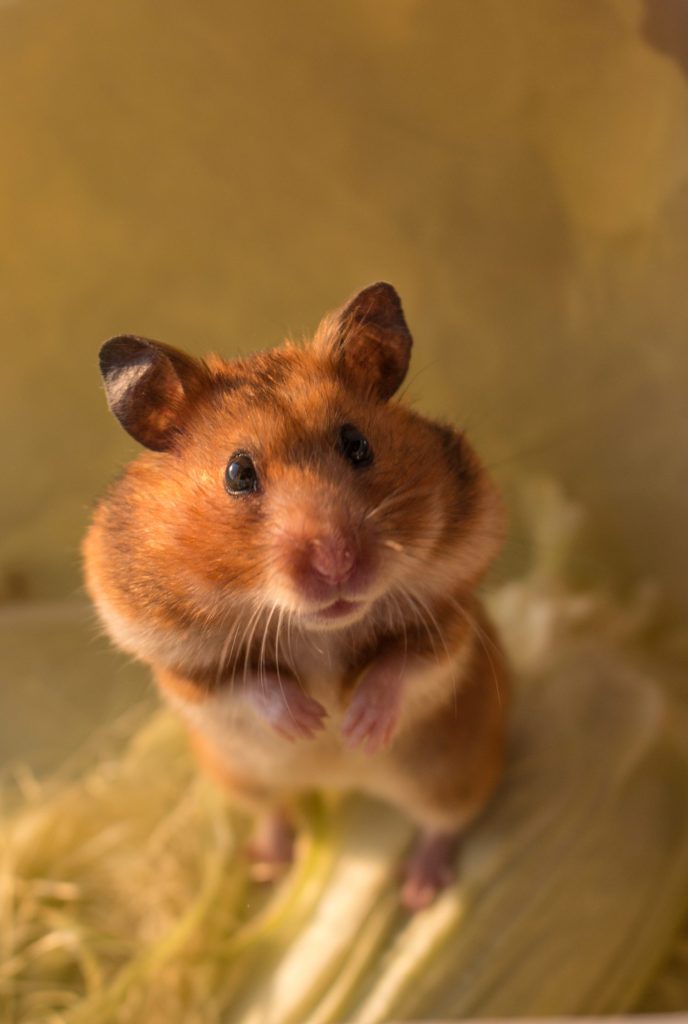
Hamsters use their cheek pouches to transport large amounts of food to their burrows.
©Svitlana Zarytska/Shutterstock.com
More docile than European hamsters, Syrian hamsters are popular pets worldwide. Adorably, their nickname in Arabic (أبو جراب) means “mister saddlebags” because of their habit of storing large amounts of food in their cheek pouches.
12. China
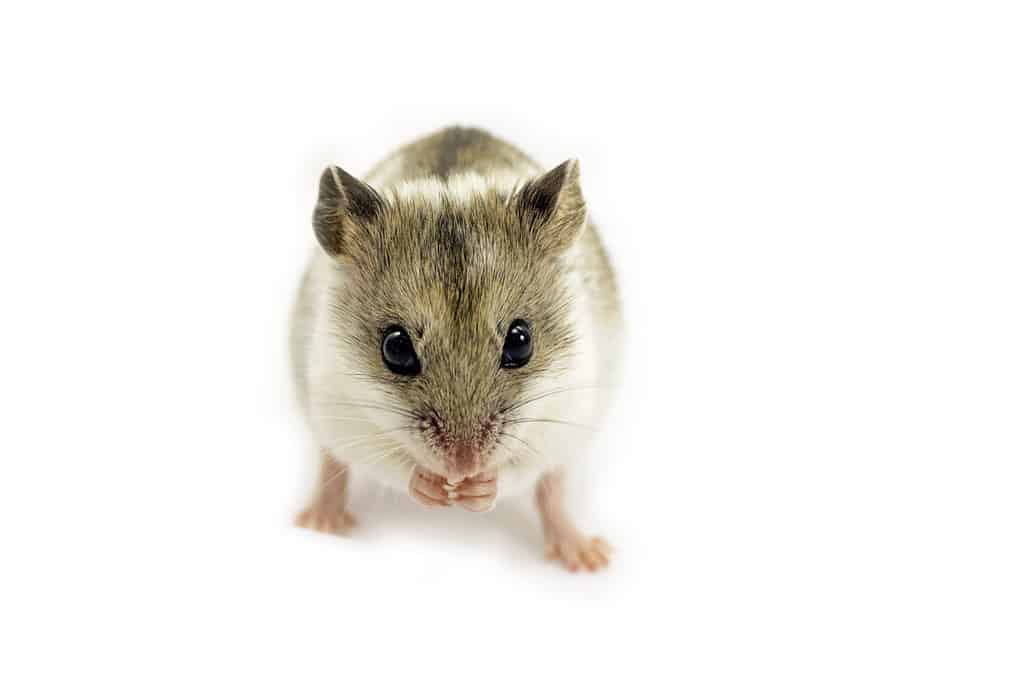
A dark line down the center of the head and spine is one of the distinguishing characteristics of a Chinese hamster.
©David Pegzlz/Shutterstock.com
Chinese hamsters look more like mice than others and are sometimes confused with them. In the wild, they are usually brown with a black stripe down their backs, some speckles of black and grey, and an off-white underbelly.
13. Russia

White fur helps camouflage the Russian dwarf hamster in winter snow.
©HASPhotos/Shutterstock.com
Russian dwarf hamsters have a dark stripe down their backs but turn completely white in winter. This helps camouflage them in the winter snow from predators, particularly weasels. In captivity, however, artificial light prevents this seasonal coat change from happening.
14. Ukraine

The war in eastern Ukraine has disrupted human life and wildlife by destroying urban centers, farms, and wild spaces.
©Nata_777/Shutterstock.com
Ukraine is primarily an agricultural country with massive tracts of rich farmland. Wild hamsters in Ukraine are declining, as they are victims of the same methods farmers use to exterminate rats, mice, and other rodents. In addition, wild hamster habitats in the eastern part of the country have been violently destroyed in Russia’s invasion of Ukraine that started in 2022.
15. Poland

Hamster species kept as pets usually do not have tails.
©pauloysi/Shutterstock.com
In 1970, there were about 1,000 wild hamsters in Poland, but that number has declined 90% to just 100 today. They are split into two separate populations that are too isolated to interbreed, which limits the species’ biodiversity and prospects for survival.
16. Afghanistan
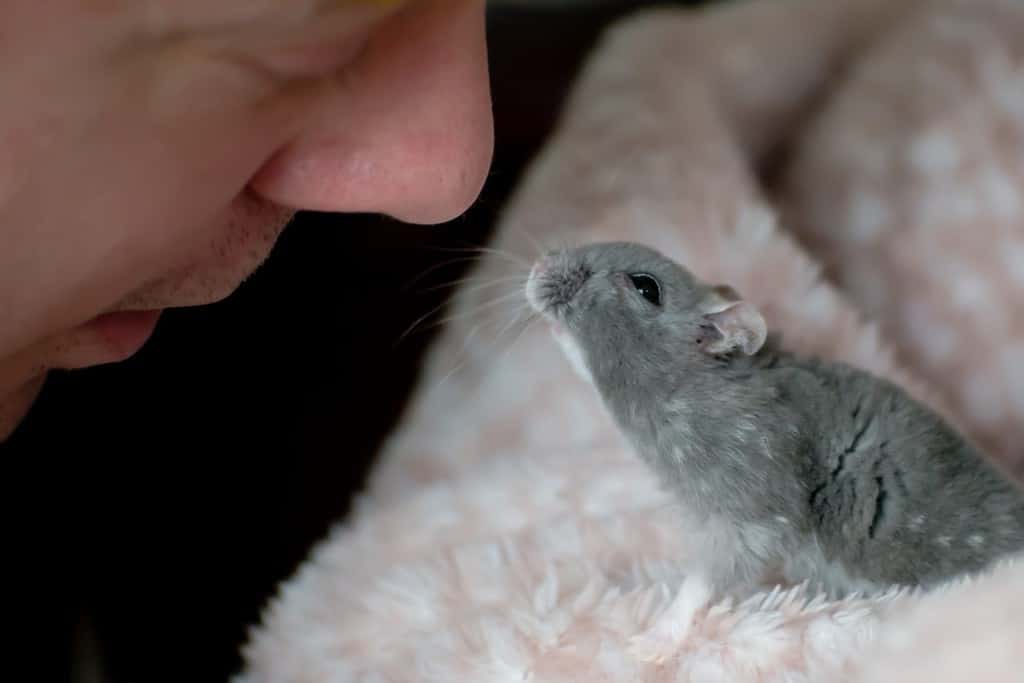
Grey dwarf hamsters have been domesticated as pets.
©HASPhotos/Shutterstock.com
The grey dwarf hamster is a species found in Afghanistan. It lives in the Pamir Mountains at elevations of 3,300-14,100 feet (1,000-4,300 m). Biologists think it originated in arid semi-desert areas but then spread to farms, gardens, and sometimes buildings.
17. Iran
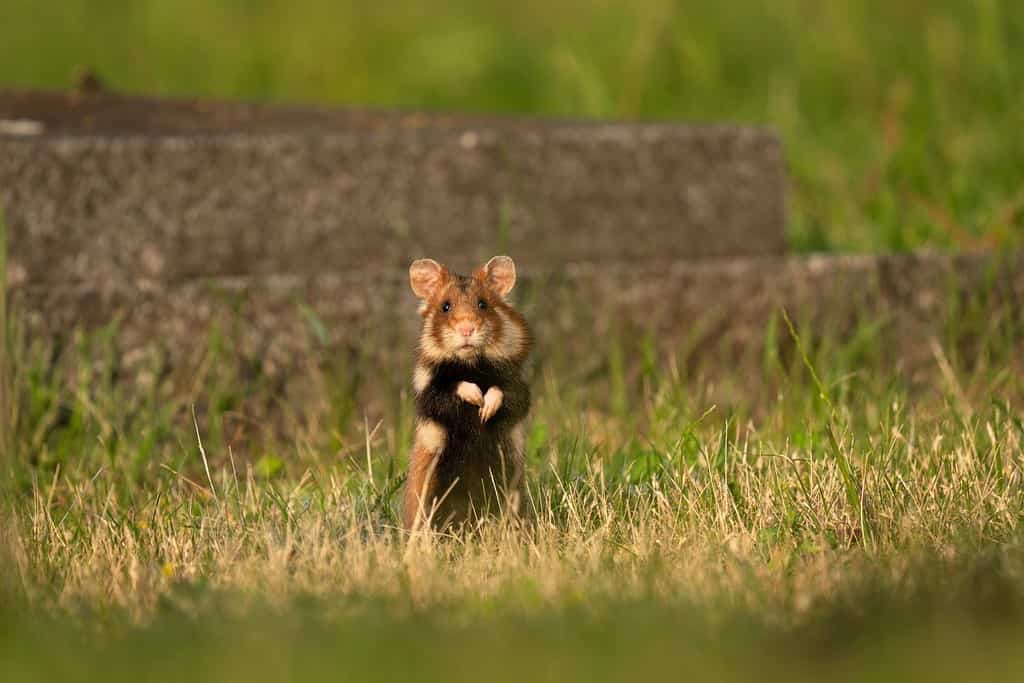
Wild hamsters sit up “prairie dog” style to scan their environment for danger, food, or other hamsters.
©Martin Prochazkacz/Shutterstock.com
Hamsters can live in various conditions, including the edges of deserts, river valleys, rocky mountainous areas and foothills, and farmland. Iran, a large country of mountains and deserts, offers all these conditions to hamsters.
18. Azerbaijan

These beautiful red mountains are located in the Khizi region of Azerbaijan. This is the type of habitat wild hamsters seek.
©MasyuraN/Shutterstock.com
Azerbaijan hosts a population of Turkish hamsters. They are closely related to the Syrian hamster but are not usually kept as pets because they tend to be aggressive. Their color is tan and dark brown.
19. Kazakhstan
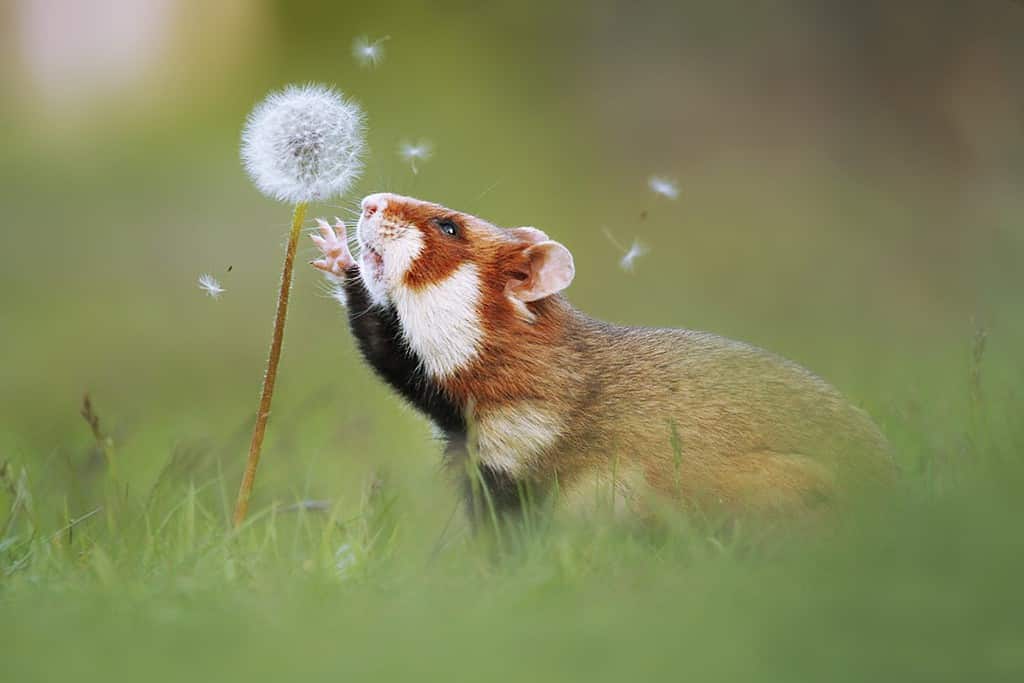
Hamsters eat all sorts of grasses, seeds, roots, and insects.
©Cardinal illustration/Shutterstock.com
Kazakhstan’s grassy, treeless steppes are attractive to wild hamsters, who avoid dense vegetation like that found in forests. They eat roots, seeds, green plants, and insects. They can tunnel deeply underground, with chambers as low as 59 inches (150 cm) below the surface.
20. Iraq
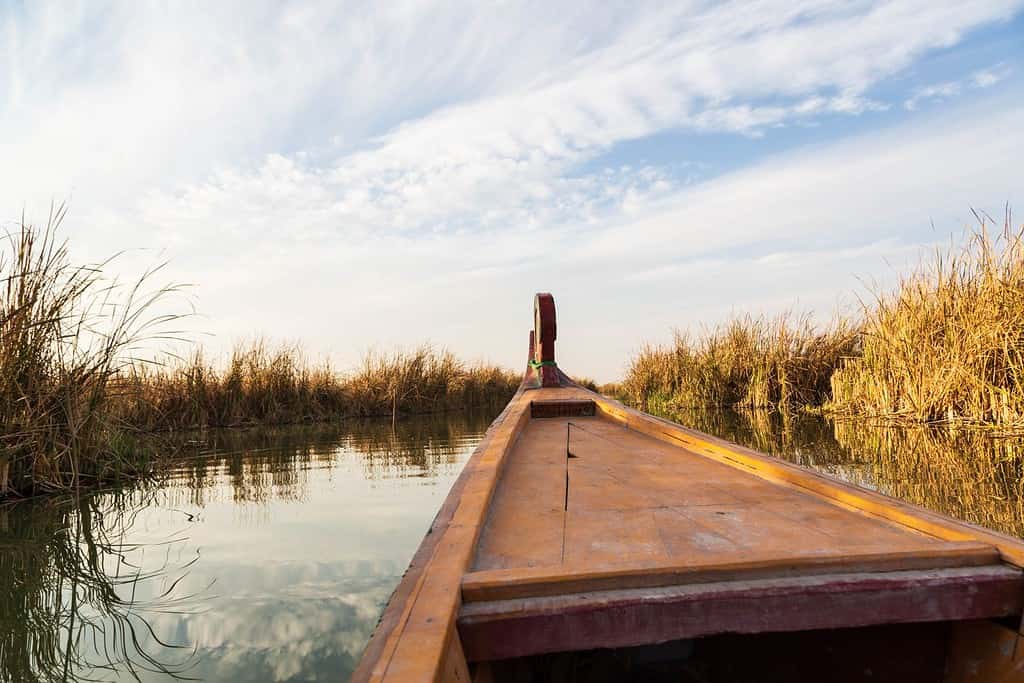
Much of southern Iraq is marshland, which is not ideal for hamsters. There are also grasslands, deserts, and mountain biomes that are more conducive to wild hamsters.
©Nastya Smirnova RF/Shutterstock.com
Iraq has diverse biomes, including mountains, semi-arid deserts, and marshy river valleys. For this reason, the country supports a wide range of wildlife. Sand cats, foxes, polecats, the small Indian mongoose, and an array of snakes and raptors are some of the predators that pursue hamsters.
21. Greece

Wild hamsters don’t have warm blankets or hot chocolate. They survive the winter by hibernating in underground burrows.
©Alex Milan/iStock via Getty Images
Wild hamsters were once plentiful in Greece but not so much in recent decades. The warm Mediterranean climate is ideal for them, but the temperature can get quite cool in winter, particularly in the mountains. Wild hamsters usually hibernate from October to March, waking up once a week to feed on the food they have stored underground.
22. Jordan

In season, the hillsides of northern Jordan are lush with grass, perfect for sheep and hamsters!
©omardajani/Shutterstock.com
The predominant feature of Jordan is the Jordan River valley, a part of the Great Rift Valley system that stretches all the way to southern Africa. This deep gorge supports abundant wildlife, including wild hamsters and the creatures that prey on them.
23. Israel
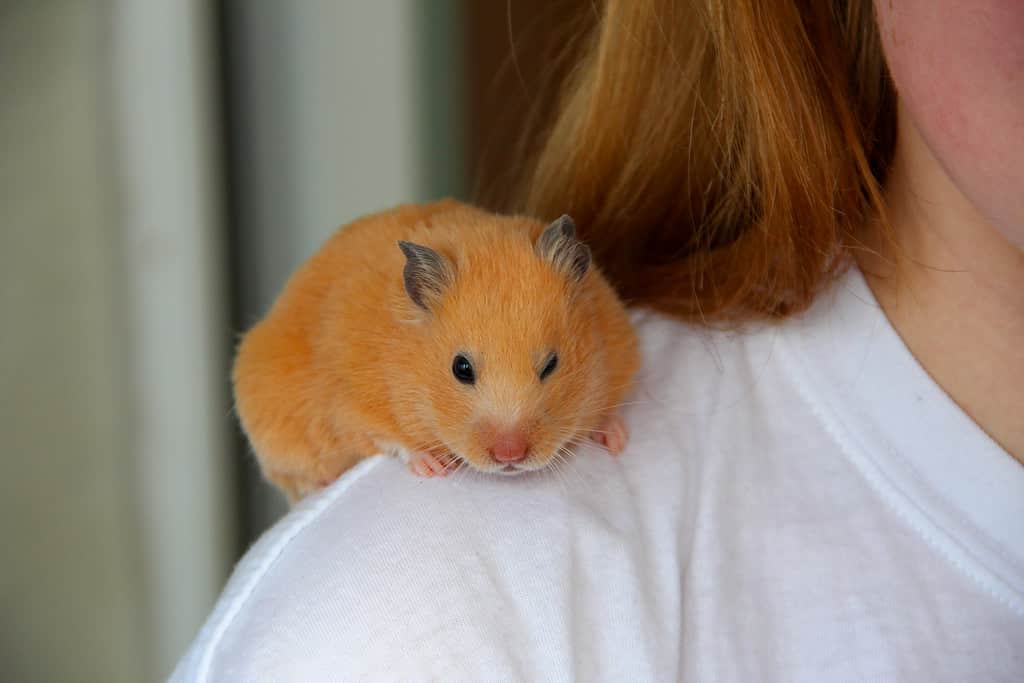
Syrian hamsters like this one all originated wiht the same mother nearly a century ago.
©Alex Milan/ via Getty Images
All pet Syrian hamsters held by pet owners today descended from a single mother and her pups brought to Jerusalem in 1930 to be raised as research animals. Some escaped into the wild and developed into a population of wild golden hamsters. The Zoological Society of London acquired some of them and eventually introduced them as pets to the public in the 1940s.
24. Pakistan
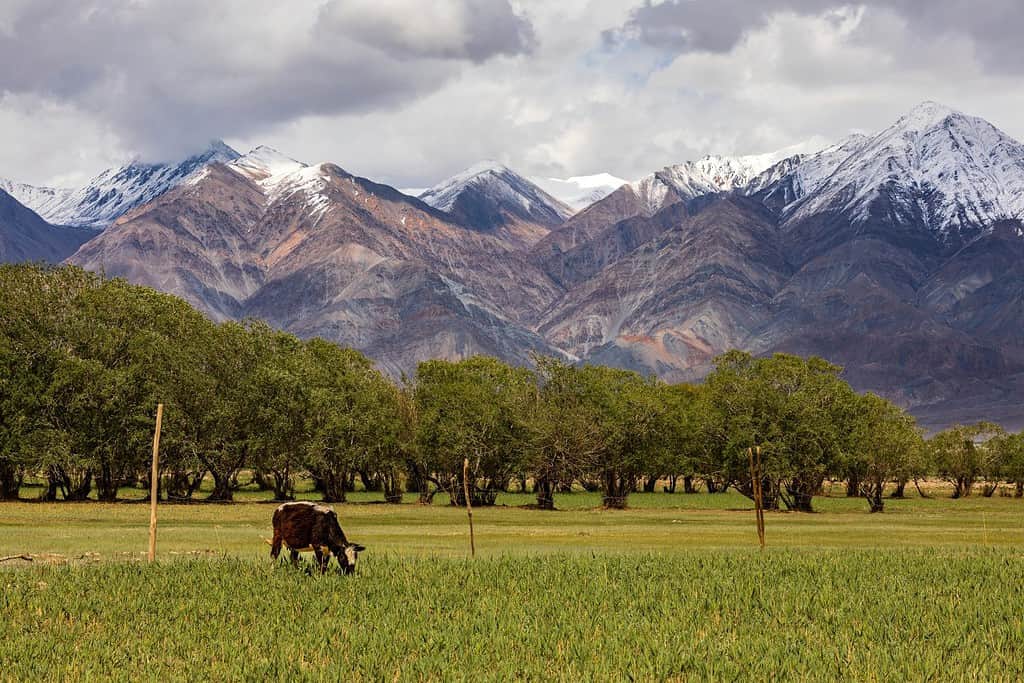
Hamsters live at elevations up to 14,000 feet in the Pamir Mountains between Afghanistan and Pakistan.
©YAO DEKANG/Shutterstock.com
Pakistan is home to wild hamsters that resemble mice. Sometimes they are even called “brush-tailed mice,” although they are not the same species. They like the rocky, semi-arid regions where mountain and desert biomes overlap.
25. Turkey
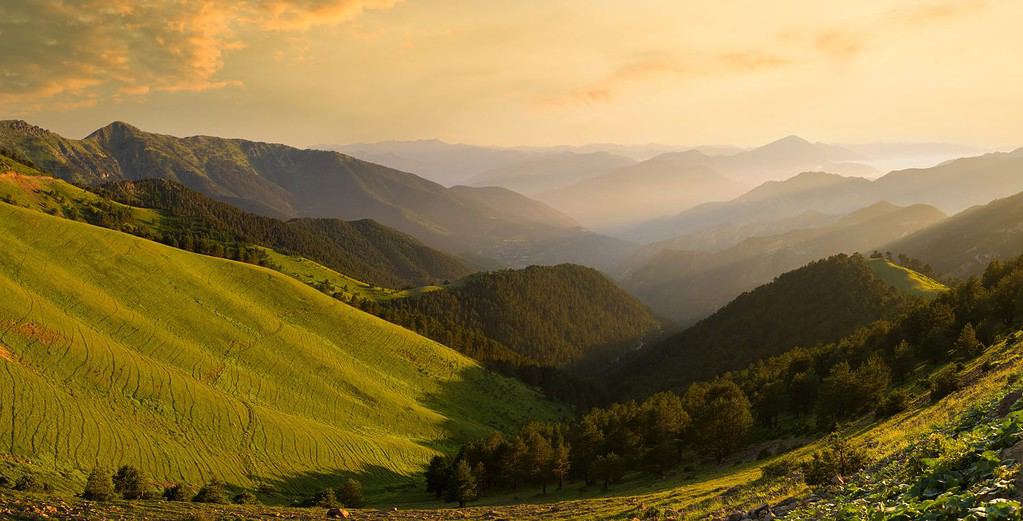
The mountainous, grassy terrain of Turkey provides ample ideal hamster habitat.
©daphnusia images/Shutterstock.com
The Turkish hamster is also known as Brandt’s hamster, the Azerbaijani hamster, or avurtlak. People don’t usually keep this aggressive species as a pet, but they do use them as laboratory test animals. Its numbers are declining in the wild.
26. Mongolia

This Mongolian hamster has found a good place to burrow in an overhanging bank of soil.
©Daily Travel Photos/Shutterstock.com
The Mongolian hamster and the Roborovski hamster are two species that live in the sand dunes and arid grasslands of Mongolia’s Gobi Desert. Sparse vegetation means fewer thick roots in the soil that are hard for wild hamsters to tunnel through. Mongolian hamsters are not endangered but are rarely kept as pets.
27. Armenia
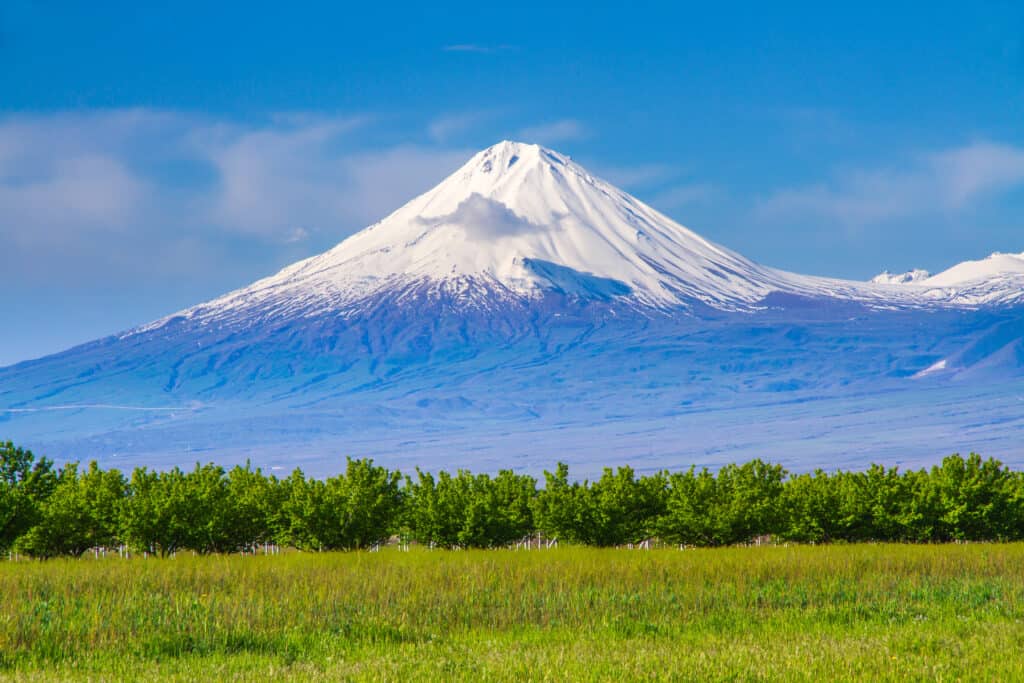
Mount Ararat is located on the border of Armenia and Turkey. If the legends are true, this is where hamsters first came out of Noah’s Ark to repopulate the world!
©Whatafoto/Shutterstock.com
Because Armenia’s terrain is so mountainous, it breaks the country up into distinct biomes that support a diversity of wild animals, including migratory birds, fish, and mammals. Armenia is home to an exceedingly rare carnivore, the Persian leopard, with only 10-20 surviving individuals in the wild. This is good news for the hamster, which is easy prey for this big cat.
28. Lebanon

Covered in cedar forests in ancient times, much of Lebanon has been clear-cut for timber.
©ThiagoSantos/Shutterstock.com
Lebanon is more heavily forested than other countries in the region, with the cedar of Lebanon being the country’s most well-known tree. Wild hamsters originated in a desert environment where they can dig through sand. They don’t do well in areas where matted roots prevent them from digging deep burrows. Nevertheless, Lebanon does support a population of wild hamsters.
29. Moldova
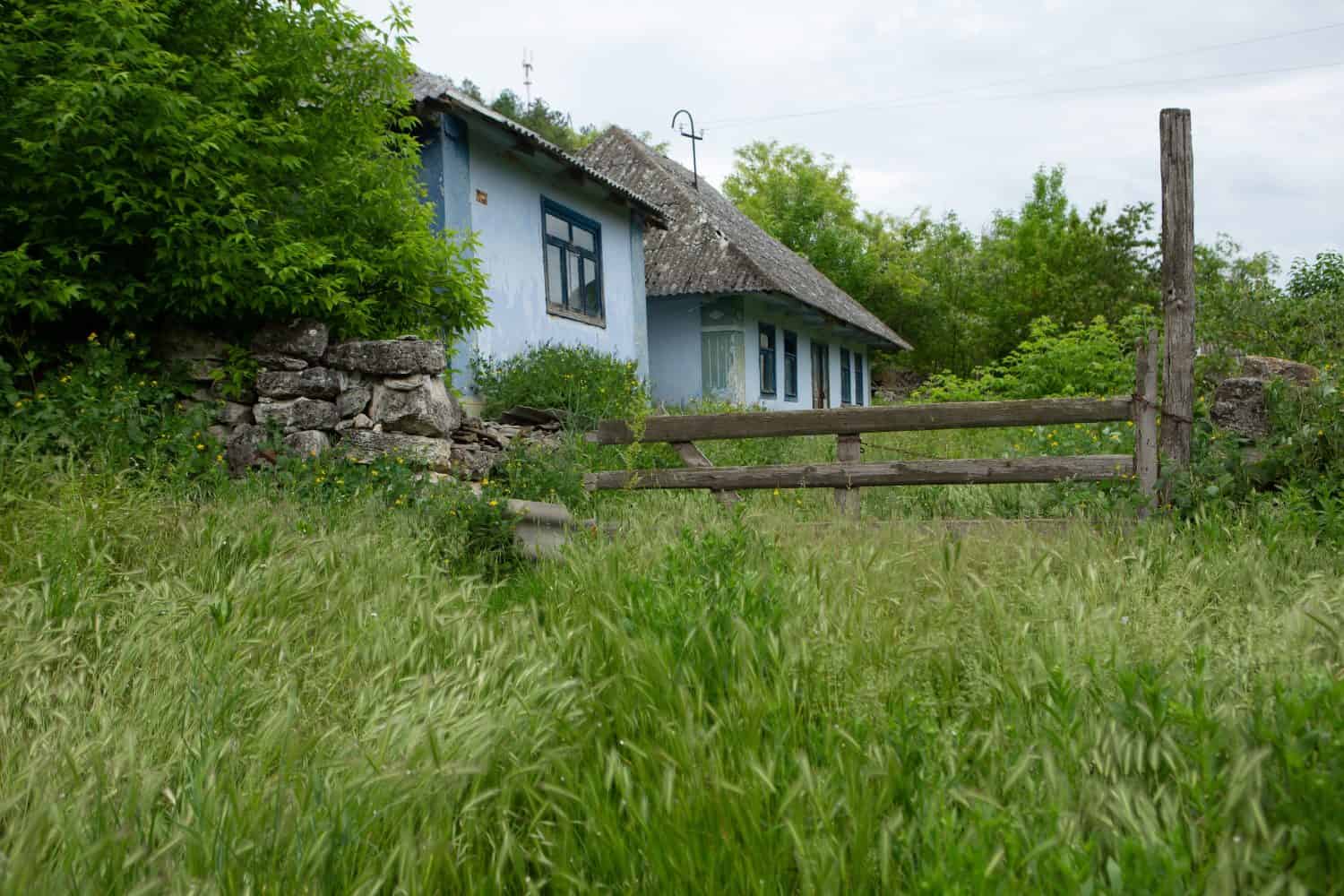
Rural countries like Moldova have plenty of suitable hamster habitat, but deliberate efforts by homeowners and farmers to eradicate them have been highly effective.
©romeovip_md/Shutterstock.com
The common hamster or European hamster is a critically endangered species in Moldova. Worldwide, the wild common hamster population has declined 50% yearly for the past 10 years. If this continues, 99% of the remaining population will be gone in another 10 years.
30. Belarus
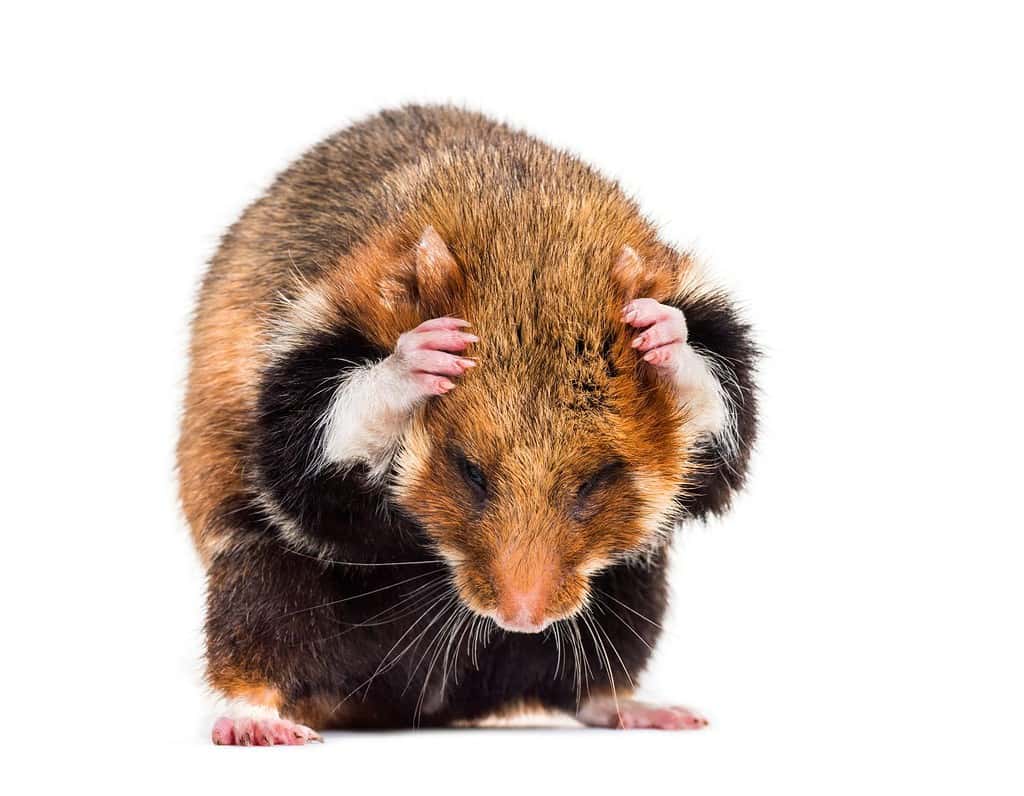
With no long winter’s nap, European hamsters live only half as long in captivity as they do in the wild where they can maintain a healthy hibernation schedule.
©Eric Isselee/Shutterstock.com
Belarus, like neighboring countries, has a population of European hamsters. Interestingly, in the wild, hamsters live about 4 years but only 2 years in captivity. This is because captive hamsters do not hibernate in the winter. This puts their system under greater stress.
31. North Korea
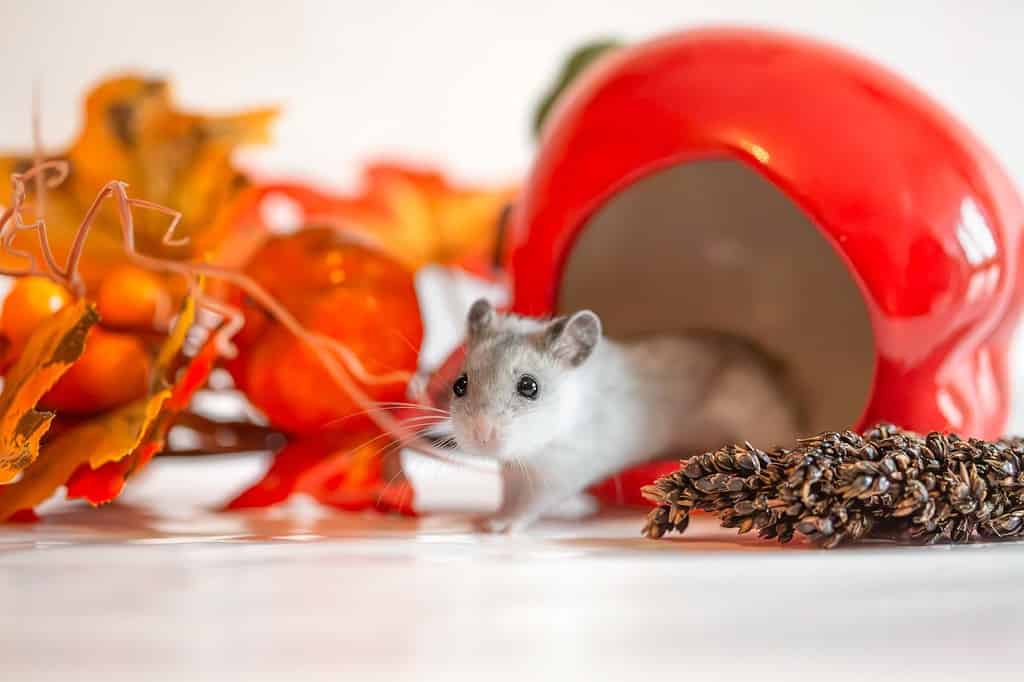
The Chinese striped hamster is one of the species found in the wild in North Korea.
©Sabriel Smut/Shutterstock.com
The main wild hamster species in North Korea is the Chinese striped hamster. It has greyish-brown fur with a faint black stripe running down its spine. Most hamster species are solitary, but this one shares its burrow with several other individuals.
32. Turkmenistan
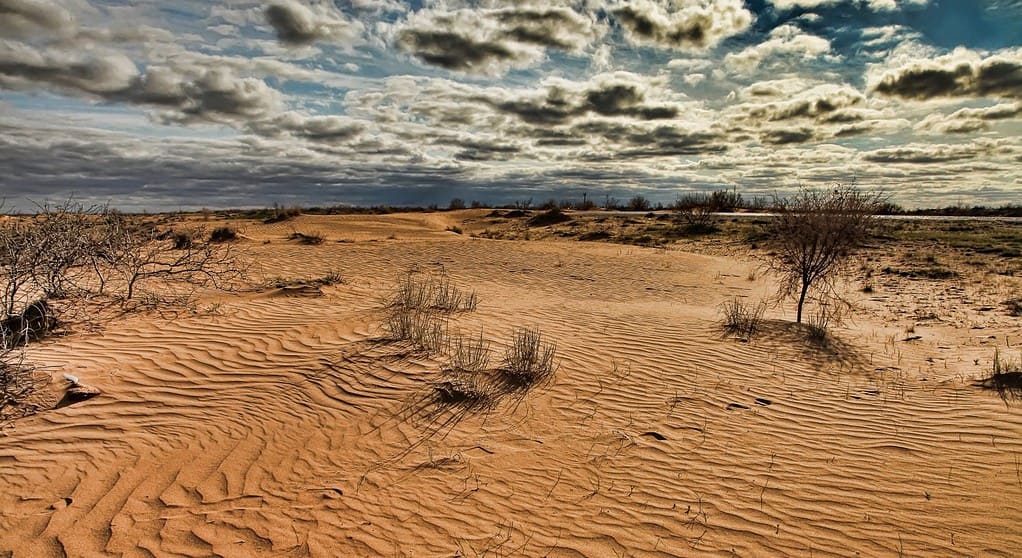
The Karakum Desert covers most of Turkmenistan. Its name means “black sand.”
©velirina/Shutterstock.com
Turkmenistan is home to mouse-like wild hamsters that differ from other species in some important ways. They have especially big eyes and ears, long tails, and no cheek pouches. They’re very similar in appearance to mice and easily confused with them.
The photo featured at the top of this post is © PhotocechCZ/Shutterstock.com
Thank you for reading! Have some feedback for us? Contact the AZ Animals editorial team.




